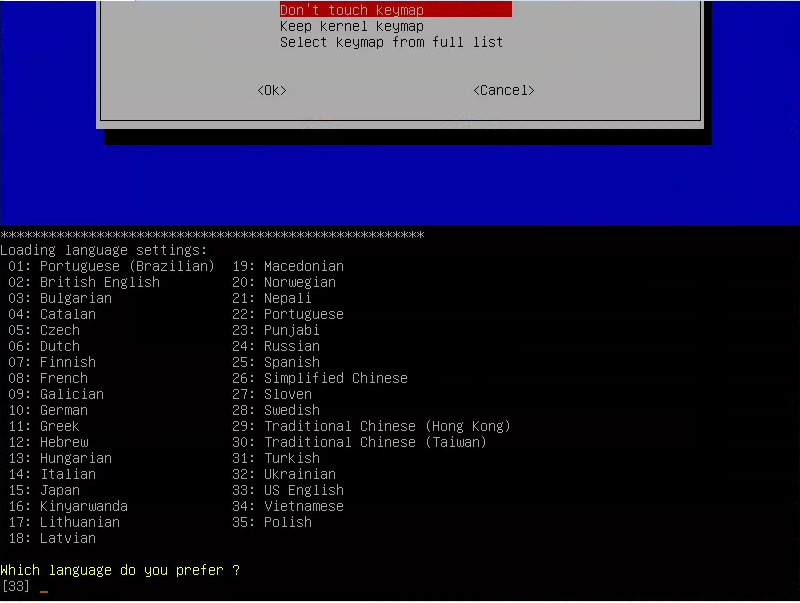
Make sure when using it on Server BIOS/UEFI option is set to boot from usb flash disk. Clicking Ok will start formatting and copying ISO to usb disk. All Task Sequence dependencies will be collected.

Click Browse to select a Task Sequence to offline to the media. Enter a password and confirm then click Next. Make sure no important data on the disk and it is good to format. It’s advisable to create a password for the boot media. Once you click Start button, There is a WARNING: ALL DATA ON DEVICE WILL BE DESTROYED. Trying to get started with VMware's virtualization app but lack an optical drive on your server Here are the steps to transform the ISO into a bootable flash drive for installing the hypervisor. (4) Using any Linux or BSD to write the USB stick has never had any of the above issues. Choose the ISO drive clicking the button. ISO images are mainly for VMs, where they work without having to be converted. The VGA image is what you're looking for, cutting out the magic that rufus does to create a bootable USB image. (3) If you are looking for a USB stick, it may be better to use the USB stick image as opposed to converting an ISO. But, because this is essentially a Windows bug, you will need to be cautious about which application you use to repartition or reformat a drive after installing Chromium on it. Rufus 2.10 will include a workaround, so that, at the very least, it does not leave your drive inoperable from Windows, after trying to reformat a drive where Chromium was installed. Unfortunately, this means that the only option to recover your drive is to erase it in Linux. Save and close the file and eject the USB flash drive. Find the line starting with APPEND -c boot.cfg and append -p 1 to it.

This is linked to the fact that the Windows "clean disk" command (IOCTL_DISK_CREATE_DISK) does not properly erase all of the MBR/GPT structures and leaves artefacts behind that Windows cannot handle properly. Edit the SYSLINUX.CFG file with TextEdit, Don’t use a Word program it will mess up the file. (2) While the image can be written successfully in DD Image mode, once written you will NOT be able to repartition/reformat your USB from Windows if you used any application that tried to clean the drive, such as diskpart or Rufus 2.9 or earlier. Because of OS limitations, Windows XP restricts the creation of UEFI bootable drives to MBR mode.
#RUFUS ISO VMWARE BOOT FULL#
However, Windows Vista or later is required for full UEFI/GPT support.
#RUFUS ISO VMWARE BOOT INSTALL#
(1) Since version 1.3.2, Rufus support UEFI as well as GPT for installation media, meaning that it will allow you to install Windows 7, Windows 8 or Linux in full EFI mode. There are a couple of caveats to be aware of: We have see these issues pop up in Windows, where it is exceptionally hard to write a seemingly raw sequence of bytes from a file to a USB stick.


 0 kommentar(er)
0 kommentar(er)
